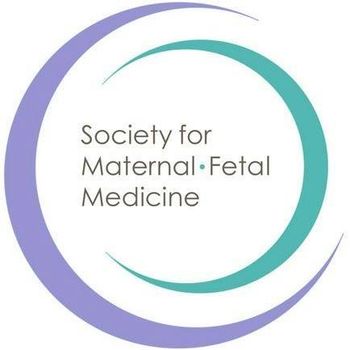
Little evidence supports the routine use of activity restriction for preterm birth and other obstetric conditions, and some data indicate adverse impact on obstetric outcomes.

Little evidence supports the routine use of activity restriction for preterm birth and other obstetric conditions, and some data indicate adverse impact on obstetric outcomes.

Pregnant patients learning to navigate the world of genetic health now have access to an app that helps to explain chromosomes, conditions that prenatal screening can identify, and available testing options such as non-invasive prenatal testing (NIPT).

An updated clinical report from the American Academy of Pediatrics (AAP) investigated whether breastfeeding could prevent certain allergies.
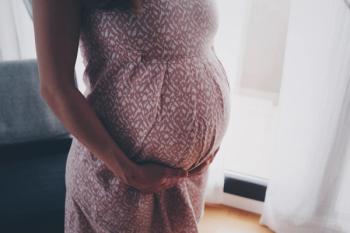
A new study in The Lancet: Child and Adolescent Health investigated the use of a machine-learning algorithm for neonatal seizure recognition.

Senior Editor Angie DeRosa sat down Drs. Bekkar, DeNicola, Pandipati and Abel to discuss findings from a recent study on the association with air pollution and heat exposure with adverse obstetrical outcomes, such as preterm birth and stillbirth.

The obstetric comorbidity scoring system was developed by NIH-funded researchers for classifying severe maternal morbidity.
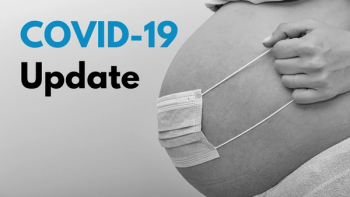
Data on COVID-19 during pregnancy, as reported by the CDC, in collaboration with state, local, and territorial health departments and external partners.

A new study released by the National Institutes of Health (NIH) indicates that opioid use in women may result in higher chances of pregnancy loss and lower chances of conceiving.

Hear Her aims to raise awareness of pregnancy-related deaths and provide support and education to pregnant women and postpartum women (within 1 year of delivery).
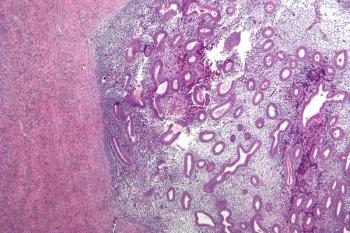
Researchers sought to investigate the effects of endometrioma and the impact of bilaterality on in vitro fertilization (IVF) and intracytoplasmic sperm injection (ICSI) outcomes.
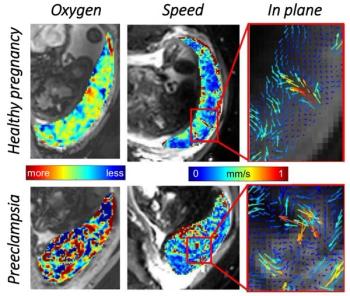
A new study offers important new insights into various placental functions and describes a new physiological phenomenon.

A literature review in Pediatrics sought to understand more about the possible impacts.

A literature review published in Pediatrics analyzed whether the practice of immunizations during pregnancy influence other early health outcomes.

A new study in the New England Journal of Medicine investigated the joint effect of gestational age and Apgar scores on the risks of neonatal death.

A new report in Pediatrics investigated whether black children were likely to have more complications and greater mortality following surgery than their white peers.

The results of this study allowed researchers to identify the onset mechanism of recurrent pregnancy loss (RPL), especially in some cases that would have otherwise remained unexplained.
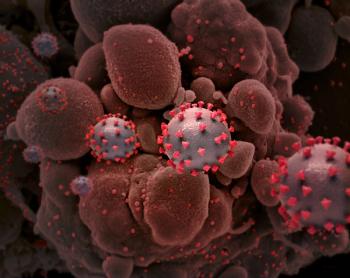
A new study from the National Institutes of Health (NIH) may shed light on why the virus has rarely been found in fetuses and newborns of mothers infected with COVID-19.

A recent systematic review found that climate change-related exacerbation of the two exposures may be having an adverse effect on obstetric outcomes.

This episode of Pap Talk by Contemporary OB/GYN features an interview with Dr. Kristina Adams-Waldorf, Professor in the Department of Obstetrics and Gynecology and Adjunct Professor in Global Health at the University of Washington (UW) School of Medicine in Seattle.

This episode of Pap Talk by Contemporary OB/GYN features an interview with Dr. Emily S. Miller, with Northwestern Medicine in Chicago.

Two calculators for practitioners to estimate fetal growth percentiles, velocity and account for racial and ethnic variation from the NICHD are now available.

In the United States, marijuana use by adults has increased in recent years.

Data on COVID-19 during pregnancy, as reported by the CDC, in collaboration with state, local, and territorial health departments and external partners.
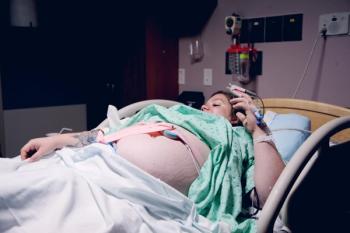
A nationwide study by Swedish researchers suggests that inducing labor at no later than 41 weeks could be one of the few interventions that reduce stillbirths.

For Cord Blood Awareness Month, here are some updated usages and FDA regulations for practitioners using cord blood.